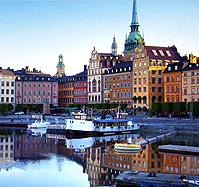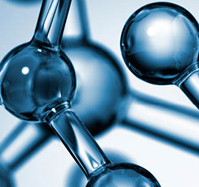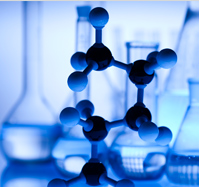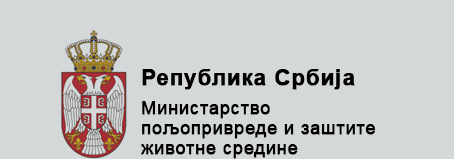POPs Chemicals
POPs are organic compounds considered to be toxic for humans and other living organisms, bioaccumulative, persistent in the environment and able to travel long distances from their point of origin. In addition, it is the moderate volatility of POPs that enables their long-distance atmospheric transport. POPs have low water solubility and high lipid solubility and are therefore easily transported through phospholipids in biological membranes and later deposited in adipose tissue and other tissues with high lipid levels. All these characteristics cause POPs to be widespread in the environment, even in the regions where they have never been used. The above stated properties of POPs make the specified chemicals one of the most important topics within the field of environmental protection, representing the issue which requires global solution. Such global solution is defined in the Stockholm Convention which entered into force in 2004.
Having in mind that in period from 2010-2012 amendments to the Stockholm Convention came into force which extended the Annexes for 10 new POPs chemicals (chlordecone, hexabromobiphenyl (HBB), pentachlorobenzene, lindane (γ-HCH), alpha hexachlorocyclohexane (α-HCH), beta hexachlorocyclohexane (β-HCH), tetrabromodiphenyl ether and pentabromodiphenyl ether, hexabromodiphenyl ether and heptabromodiphenyl ether – (PBDEs), perfluorooctane sulfonic acid, its salts and perfluorooctane sulfonyl fluoride (PFOS), including endosulfan and its related isomers, given in table 1, pursuant to Article 7 of this Convention, the Republic of Serbia is obliged to update NIP.
Table 1. Old and new POPs chemicals
| Group of POPs | 12 old POPs | 10 new POPs |
| POPs pesticides | aldrin, chlordane, DDT, dieldrin, endrin, heptachlor, hexachlorobenzene (HCB), mirex and toxaphene |
lindane (γ- HCH), chlordecone, pentachlorobenzene, α-HCH, β-HCH and endosulfan |
| Industrial POPs | PCBs | PFOS, hexabromobiphenyl PBDEs (tetrabromodiphenyl ether and pentabromodiphenyl ether; hexabromodiphenyl ether and heptabromodiphenyl ether) |
| un POPs | PCDDs, PCDFs, PCBs and hexachlorobenzene (HCB) | α-HCH, β-HCH and pentachlorobenzene |
PCBs Serbia
Articles
The aim of this page is to show information on health effects, environmental impact, technical information and general information on polychlorinated biphenyls commonly known as PCBs. The main scope is to inform Serbian audience about National PCB Management Plan, all relevant legal framework and regulations in the Republic of Serbia and worldwide. This web page will help all potential PCBs owners to find all relevant information on technical guidelines, safety procedures, protocols and standard operating procedures for PCBs contaminated oils, equipment and soil, list of services, analytical procedures, laboratories, etc.

The Stockholm convention
The Stockholm Convention on Persistent Organic Pollutants (POPs) was adopted by the Conference of Plenipotentiaries on 22 May 2001 in Stockholm, Sweden. The Convention entered into force on 17 May 2004.
READ MORE
PCBs
Polychlorinated biphenyls (PCBs) are aromatic, synthetic chemicals which do not occur naturally in the environment. They consist of the biphenyl structure with two linked benzene rings in which some or all of the hydrogen atoms have been substituted by chlorine atoms.

Where PCBs could be found?
PCBs were first identified in the nineteenth century and started being manufactured on an industrial scale in 1929. They were intensively used between 1920 and 1980.
READ MORE
Impacts of PCBs on health and environment
PCBs are identified as persistent, bioaccumulative and toxic (PBT). Because of their persistence, PCBs continue to be found in the environment and contamination from legacy sources remains a problem.
READ MORE



